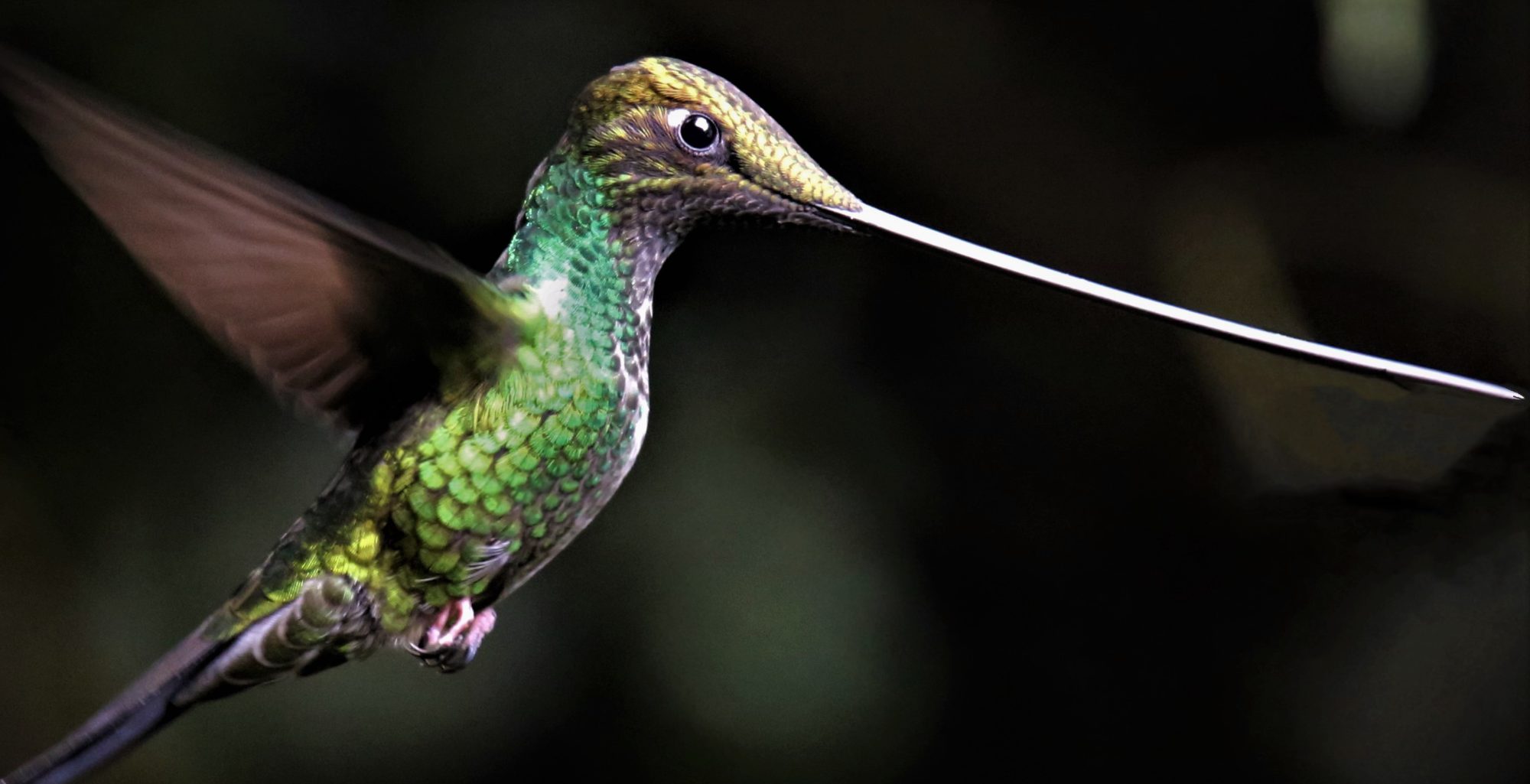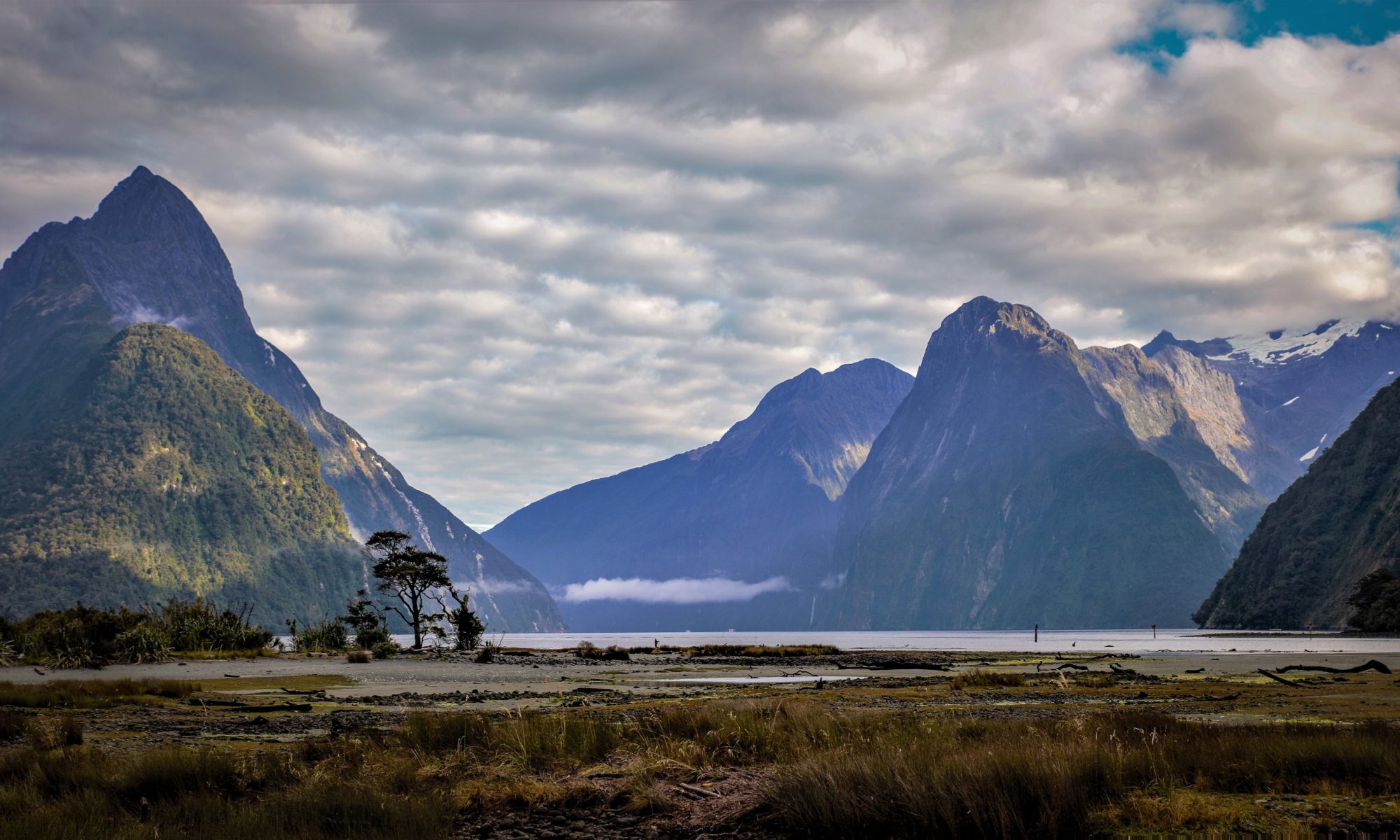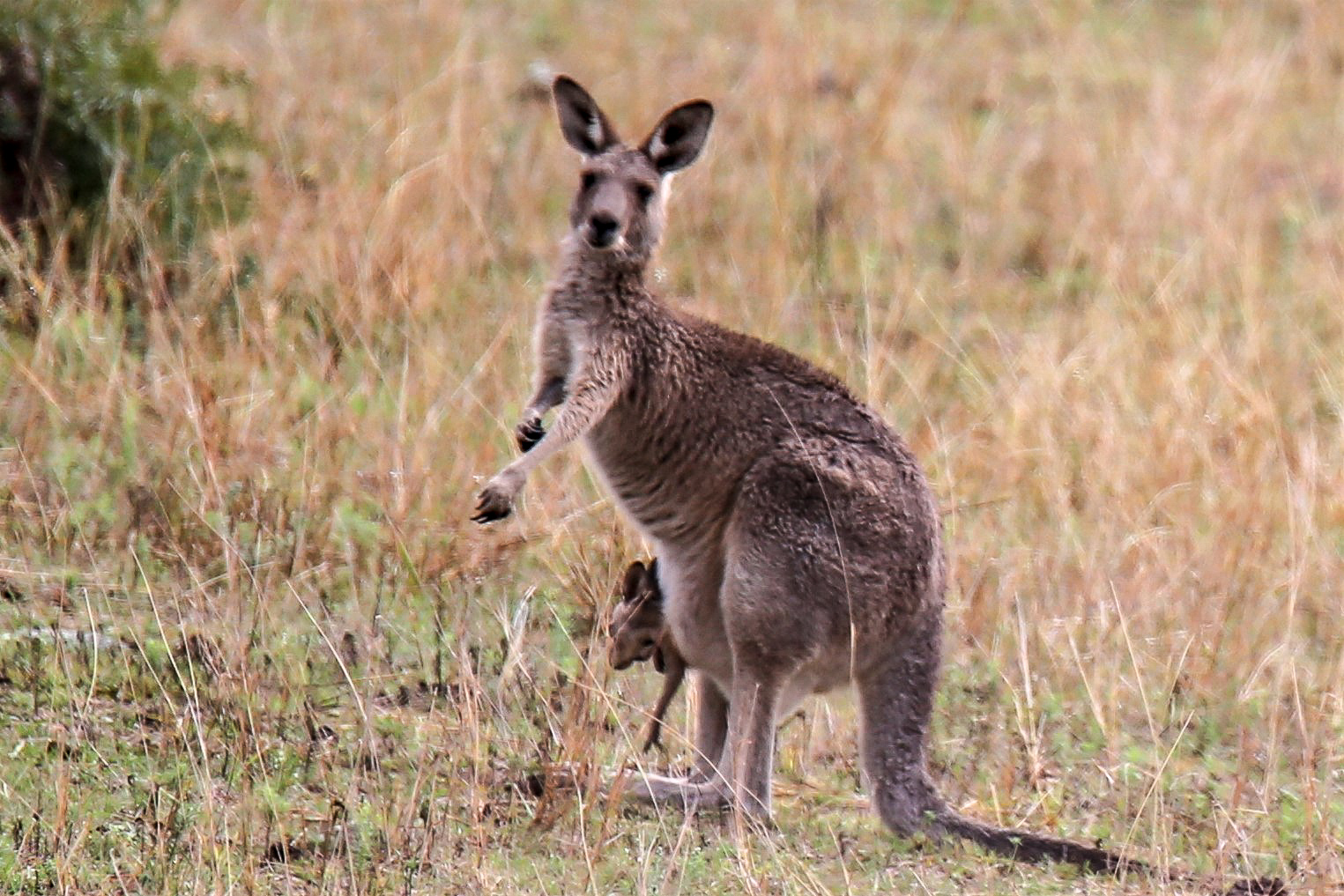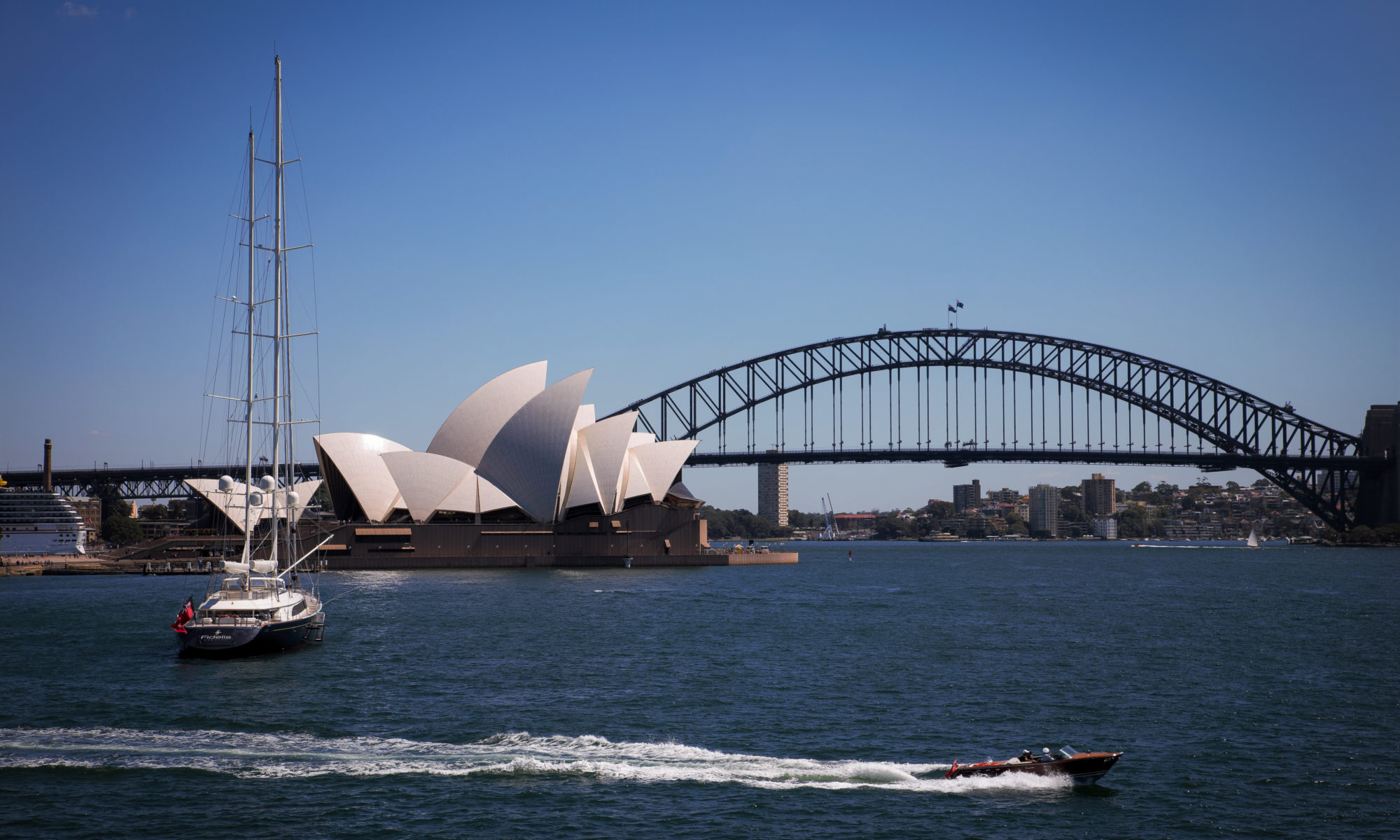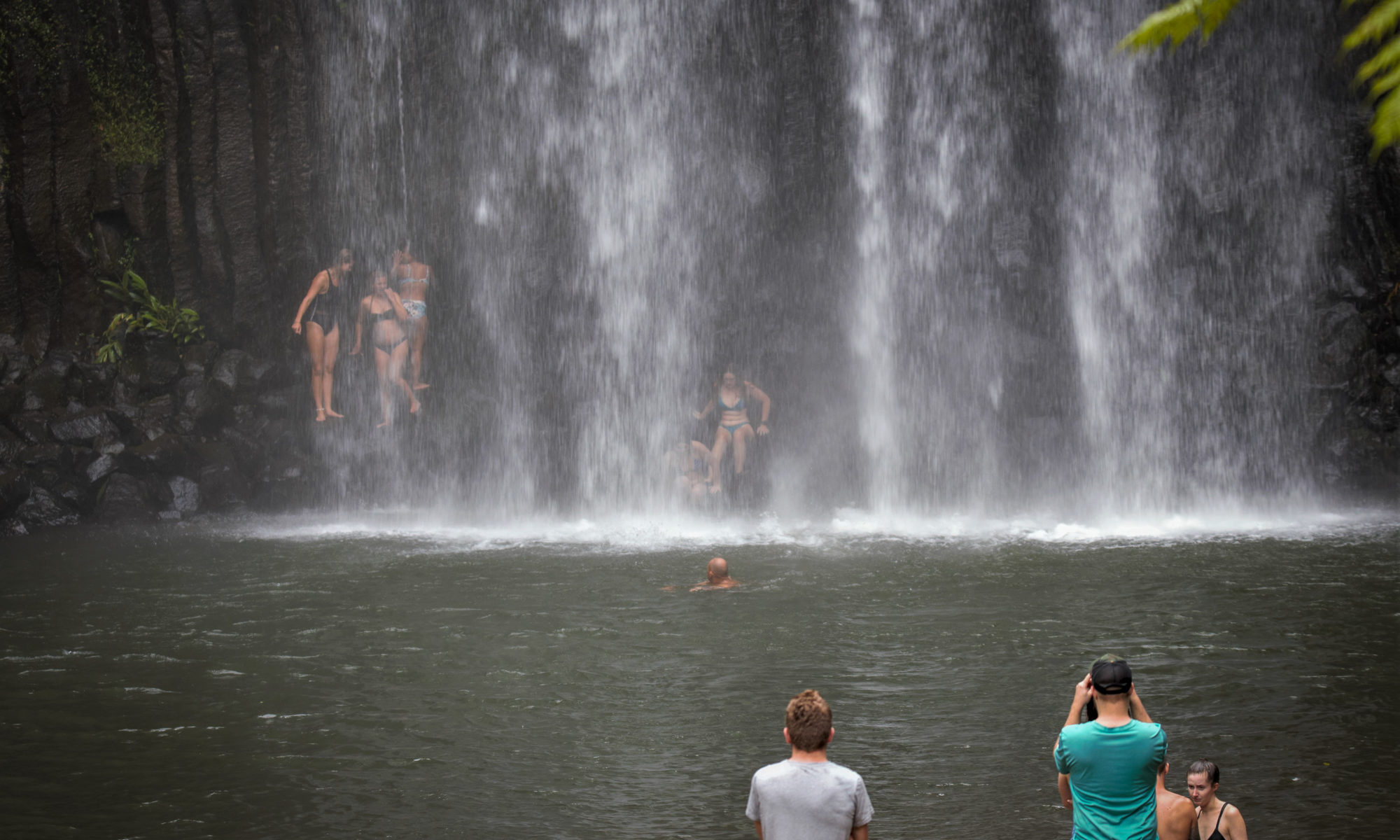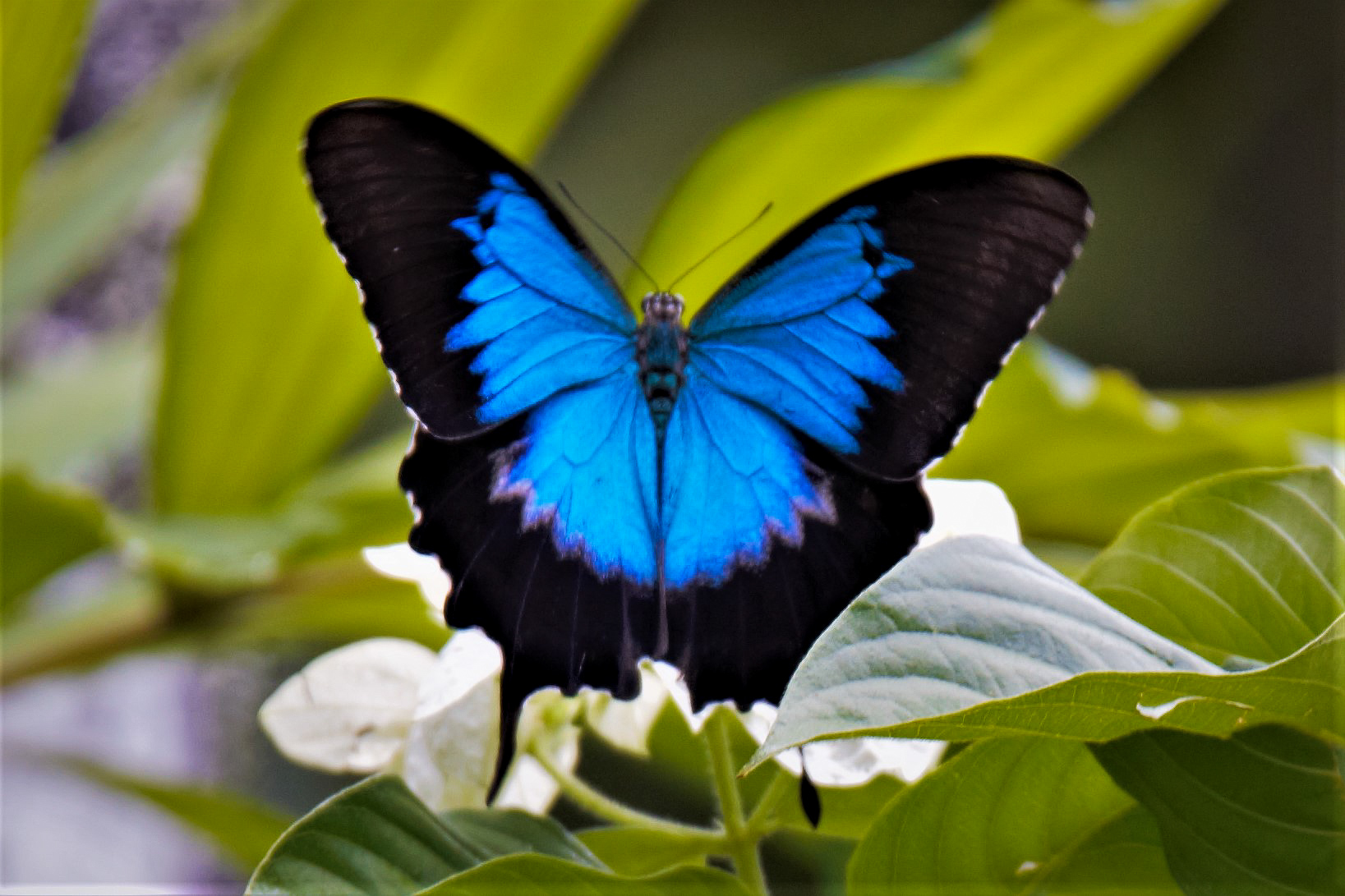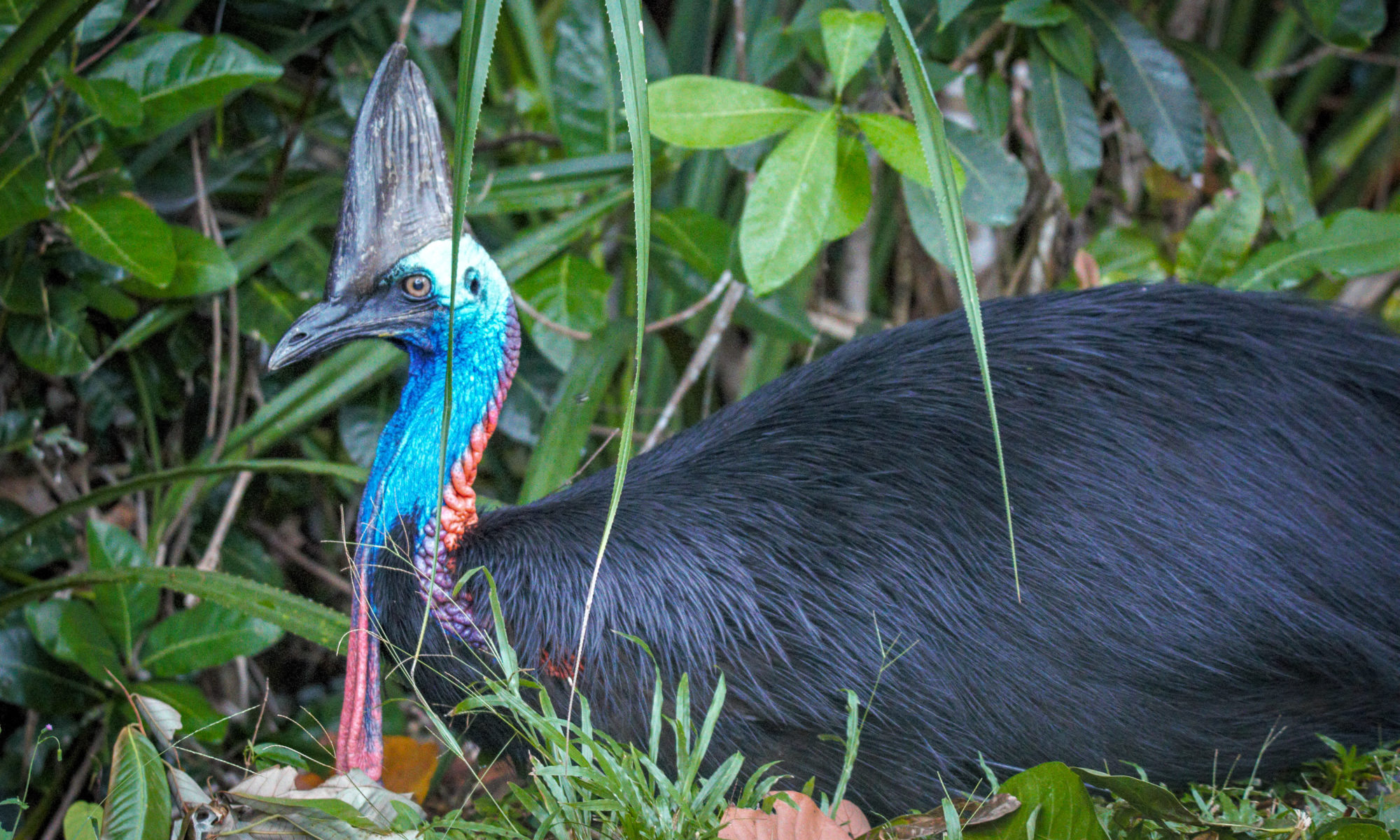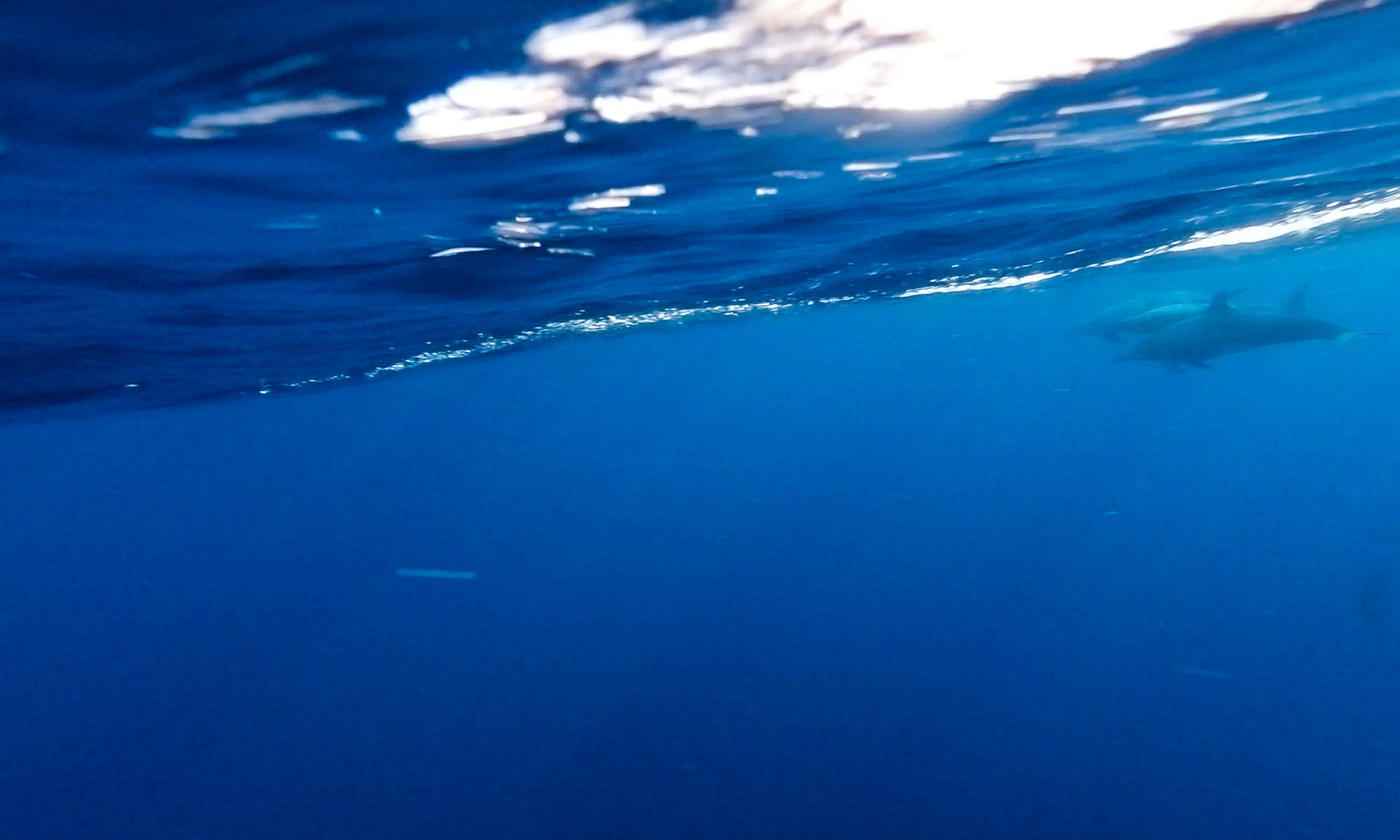The drive to Milford Sound in Fiordland National Park from Queenstown is not a short one, but it is full of remarkable views. The Sound is actually a Fjord and it is part of a larger area that makes up a UNESCO World Heritage Site known as Te Wahipounamu, which is the Maori name for this vast area in the southwest of the South Island. We spent the first day traveling to the small village of Te Anau located on the edge of a large lake of the same name. The town borders the national park and is a logical stop for people who want to visit Milford or Doubtful Sounds. It is a quiet town with walking trails along the lake and a bird park where you can see the endemic and highly endangered Takahē and a few other rare native birds.
The Takahē is a flightless member of the rail family that was thought to be extinct, but was rediscovered in 1948. I like to photograph animals in the wild, but this species is so rare with only around three hundred birds alive today; I was going to have to be satisfied with photographing the breeding animals kept on the shore of Te Anau Lake. I was also able to photograph a few other captive birds that are native to the area and being used as breeding animals.
We booked a two-hour cruise on the morning of the second day in Milford Sound. The scenery is stunning and we were fortunate to have a sunny day. The sound gets rain about two hundred days a year. This rain provides the water that flows from the sides of sheer cliffs in spectacular waterfalls. The scenery changes by the minute with changes in light and rainfall. The water is clear and blue and the vastness makes it impossible to get an image that is true to life. I have taken a lot of photos, but I am not able to show you any that are as good as the picture in my mind’s eye. I tried, and have included the best photos that you can see by clicking here.
Also as part of the cruise we were dropped off at a large floating platform that had 64 stairs that led to an underwater viewing gallery 10 meters deep. I took some pictures of the unique fish and invertebrates that were present. We learned about the slow-growing black coral which is found naturally in the sound. Surprisingly, it is actually white when it is alive.
